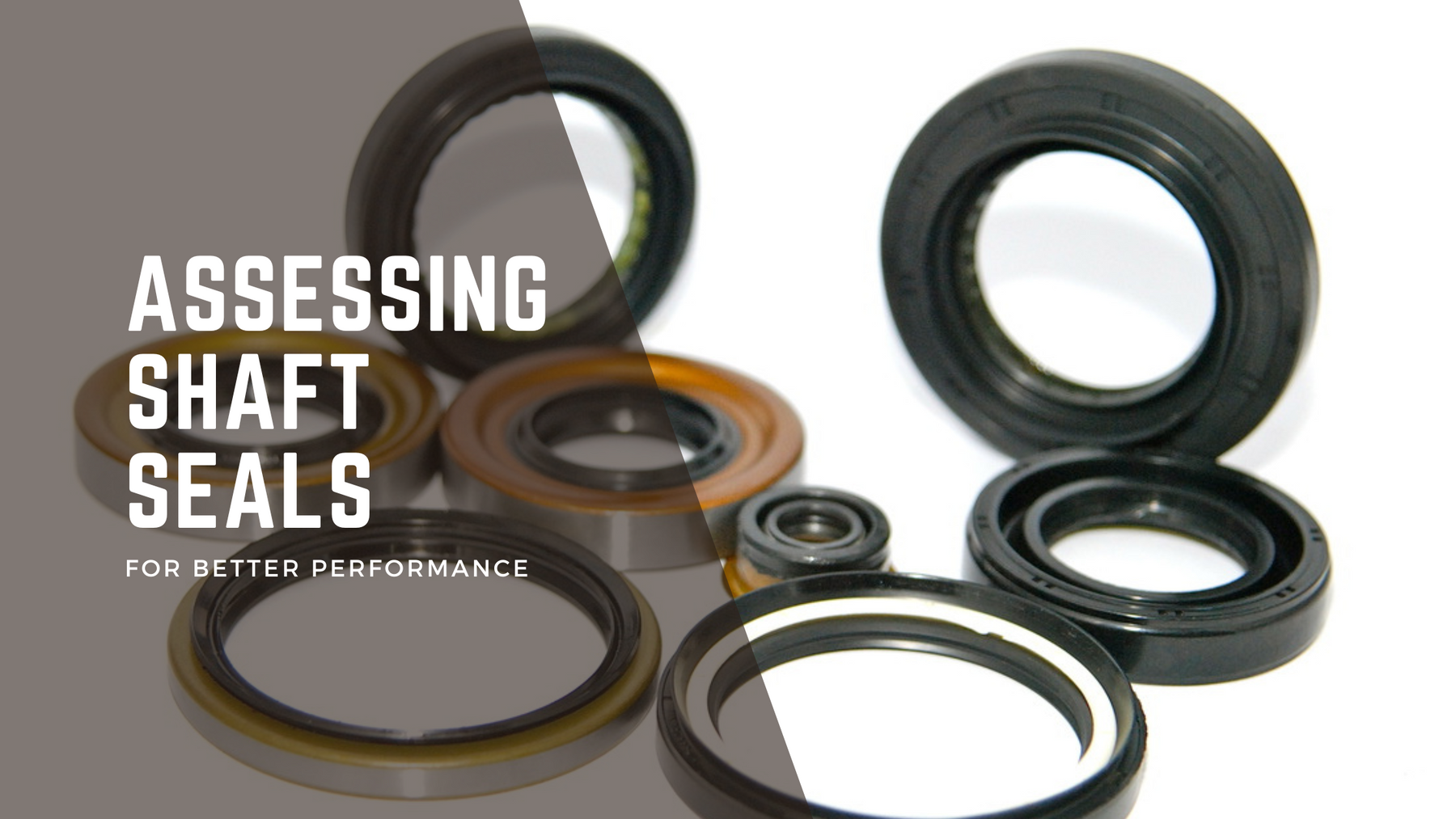Get your free account
877-873-8080

Introduction:
Oil seals, also known as radial shaft seals or shaft seals, are indispensable components in hydraulic pumps and motors. Their primary function is to create a barrier against fluid leakage and protect against contaminants, ensuring the efficient and reliable operation of hydraulic systems. In this blog post, we will delve deeper into the world of oil seals, exploring their design, reasons for failure, and best practices for selecting and maintaining these critical sealing elements.
Section 1: Understanding Oil Seals
Oil seals are cylindrical-shaped seals designed to fit around rotating shafts, sealing the gap between the shaft and the stationary housing. They typically consist of three essential parts:
Outer Case: The outer case is usually made of metal or elastomeric material and serves as the housing for the sealing element.
Sealing Element: The sealing element, often made of rubber or other elastomers, comes into direct contact with the shaft and forms the primary sealing interface.
Spring: Some oil seals feature an internal spring to maintain constant contact between the sealing lip and the shaft, ensuring an effective seal.
Section 2: Reasons for Oil Seal Failure
Several factors can contribute to the failure of oil seals in hydraulic pumps and motors:
Contamination: Exposure to abrasive particles, dust, and debris can cause wear on the sealing lip, compromising the seal's effectiveness.
High Temperatures: Excessive heat generated during operation can degrade the sealing material, leading to loss of sealing performance.
Fluid Compatibility: Using incompatible hydraulic fluids can cause the sealing material to swell, shrink, or deteriorate, resulting in leakage.
Shaft Runout: Shaft misalignment or excessive shaft runout can lead to uneven wear on the sealing lip, causing premature failure.
Improper Installation: Incorrect installation practices, such as using improper tools or not ensuring proper lubrication during installation, can damage the oil seal.
Section 3: Selecting the Right Oil Seal
When choosing oil seals for hydraulic applications, consider the following factors:
Operating Conditions: Assess the operating temperature, pressure, and speed to select an oil seal that can withstand the specific demands of your hydraulic system.
Material Compatibility: Ensure the selected sealing material is compatible with the hydraulic fluid and any potential contaminants in your system.
Seal Design: Choose the appropriate seal design based on your application, such as single lip, double lip, or V-ring, depending on the level of contamination and sealing requirements.
Quality and Brand: Opt for high-quality oil seals from reputable manufacturers to ensure reliability and longevity.
Section 4: Maintenance and Installation Best Practices
Proper installation and regular maintenance are essential for the optimal performance and longevity of oil seals:
Ensure Cleanliness: Prioritize cleanliness during installation to prevent the introduction of contaminants that could damage the seal.
Use Lubrication: Apply a compatible lubricant on the sealing lip during installation to reduce friction and prevent premature wear.
Regular Inspections: Include oil seal inspections in routine maintenance to identify signs of wear or damage and replace seals as needed.
Conclusion:
Oil seals are vital components that contribute to the efficiency and reliability of hydraulic pumps and motors. Understanding the factors that can lead to oil seal failure and selecting the appropriate seal for your specific application will help optimize the performance and extend the life of your hydraulic system. By following best practices for installation and maintenance, you can ensure your oil seals effectively protect against fluid leakage and contaminants, making your hydraulic equipment operate at its best for years to come.